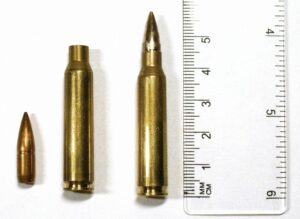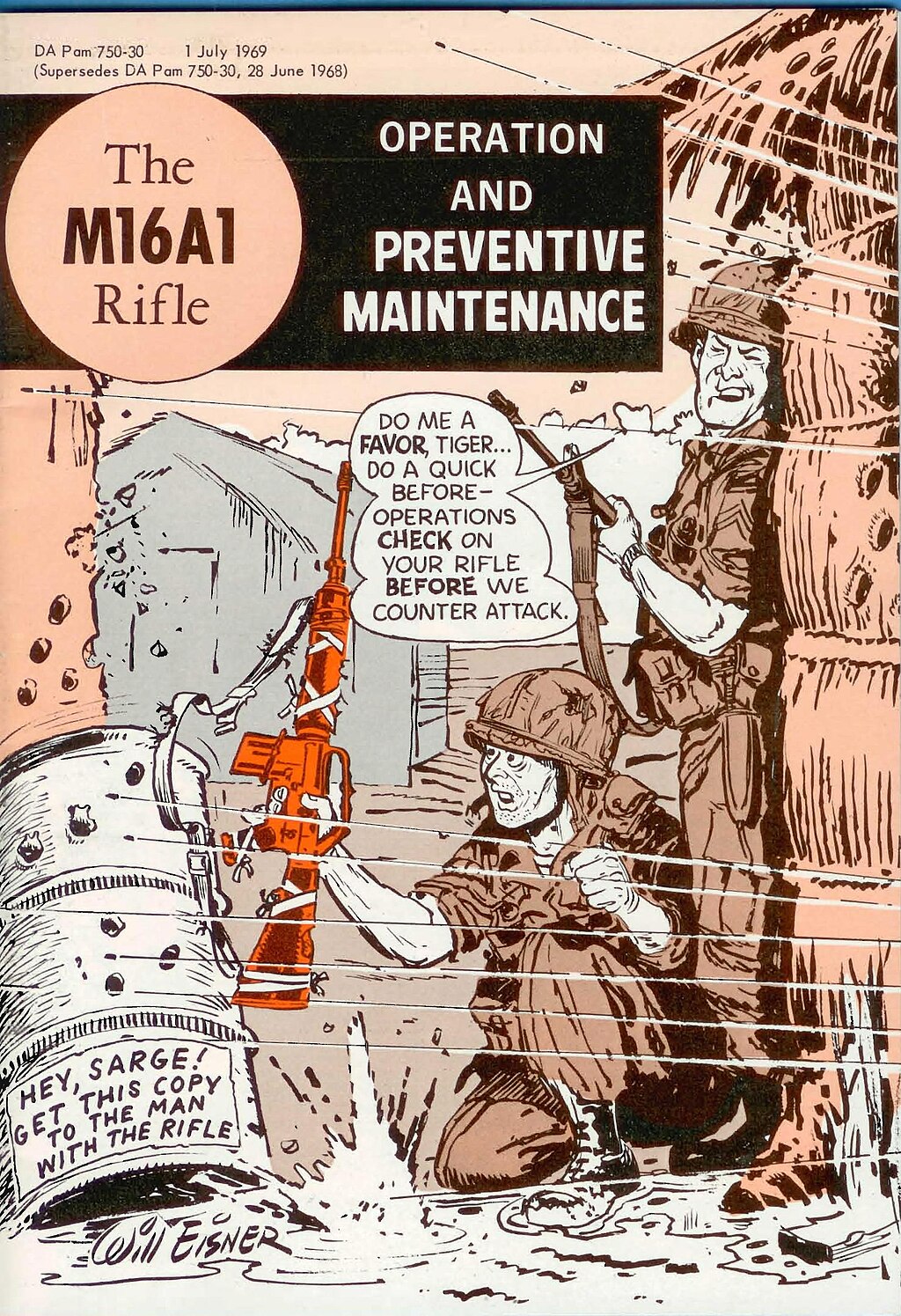The eight-shot, semiautomatic M1 Garand rifle got the American infantryman through both the Second World War and Korea. General George S. Patton called it “the greatest battle implement ever devised.”
But times change, and so do standard-issue rifles. Next, the military tried something that at a distance looked a lot like the Garand – the M14. But after Korea, the American military’s future would involve fighting adversaries armed with a remarkable assault weapon developed in Russia – the AK-47. It was lighter, more versatile, more durable under hard conditions, and could fire 30 founds before you could say, “What just happened?”
Come hear what America did to address that problem at the Richland Library main location on Assembly Street in Columbia at noon on April 11. That’s where and when Benjamin Battiste, curator of history and archives at the South Carolina Confederate Relic Room and Military Museum, will deliver a free lecture on “The History of the M-16.” The lecture is part of the museum’s regular Noon Debrief program.
As mentioned above, the first successor to the M1 was the M14. Like the Garand, it was a long, heavy, rifle with a wooden stock that differed from the older weapon in profile mainly because of the black 10 or 20-round magazine that stuck out from the bottom of the breech.
It was not something you wanted to carry around in the soggy heat of Vietnam. Nor would its range be much of an advantage on battlefields where the enemy was likely to be on top of you by the time you saw him.
What the military wanted was a weapon that could perform the same classic-rifle functions as the M1 and M14, but have the full-automatic capability of the M3 “grease gun” that had served well as a cheaper, lighter substitute for the Thompson submachine gun in World War II. Soldiers needed a standard, all-purpose weapon that enabled them to carry and quickly fire more ammunition, with greater deadly force.
That weapon turned out to be Colt’s M16, first released in 1959 before going through several iterations. It fired a bullet that was more or less a .22-caliber slug with a high-powered rifle cartridge behind it. That made for a small projectile, but a fast-moving one that could penetrate a GI helmet at 500 yards, and tumble around inside its target, wreaking horrific damage.
It was a fearsome weapon, but it had problems at first. For instance, Ben Battiste will explain, its barrel wasn’t lined with chrome, which meant it easily rusted, and fouling from gunpowder was a serious problem. But problems like that were addressed as the Vietnam marathon wore on, and by 1975 it was a fully functional weapon that would meet the needs of U.S. infantry for next few decades, gradually giving way to its even lighter cousin, the M4 carbine.
Ben Battiste is a highly qualified speaker on this subject. As a combat soldier in Iraq and Afghanistan – serving in the 82nd Airborne Infantry Division and the 2nd Cavalry Regiment – he entrusted his life to the M4. Later, he taught younger soldiers how to use both that and the M16 as a marksmanship instructor at Fort Jackson.
Come hear him tell the story of the weapon he and many thousands of other Americans carried in war and peace, from Vietnam until today.





Comments are closed.